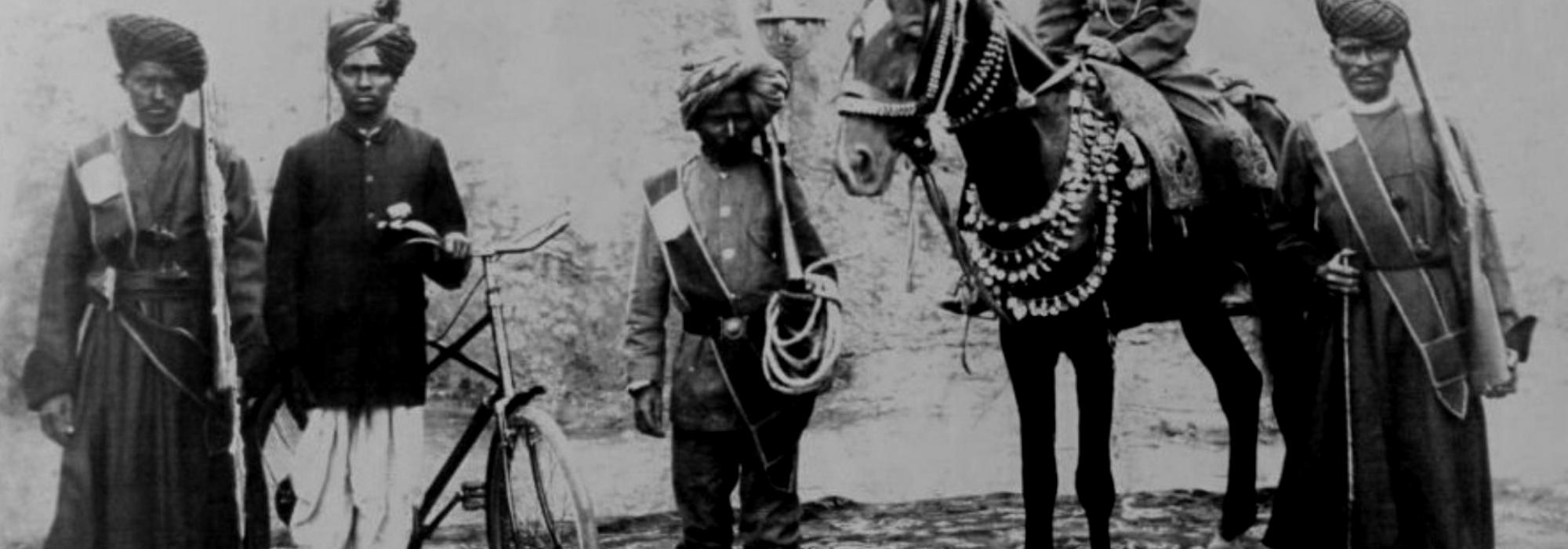In an earlier episode, while discussing the revival of modern Kannada, we reminisced about Mysore’s GTA, the university graduates’ association. One among the main people driving the association was M L Shreekantesha Gowda. Soon after completing his B.A., B.L., he got a job in the government’s Judicial Department. For a few years, he was a munsif in Madhugiri. After his retirement he lived in Basavanagudi on the first floor of a house that he owned. The house was in a corner and faced the Maharashtra Girls School. I desired to meet him in person and so I enquired with a friend of mine. Like Shreekantesha Gowda, my friend too belonged to the Vokkaliga community. He discouraged me, saying that Gowda was extremely short-tempered and was known to use harsh language. I had developed respect and admiration for Shreekantesha Gowda because I had gone through his writings. In those early days, about seventy to eighty years ago, he had worked for Kannada with dedication and competence. To my knowledge, he’s the first person in the Vokkaliga community who became popular. He had translated two Shakespeare plays from English to Kannada: one was Romeo and Juliet or ‘Rāmavarma-Līlāvatī;’ the other was Macbeth or ‘Pratāparudra.’ Of these two, I had watched the first one in my childhood. I’ve been searching for a copy of that translation for a few years now. I searched for a long time before I obtained a copy of ‘Pratāparudra.’ A few years ago, an elderly drama connoisseur from Mysore by name Anand Rao gave me his copy. Ananda Rao had a good collection of literature on old plays and dramaturgy. Biographies of notable actors like Sir Henry Irving, pictures of their acting costumes, wigs from the past, moustaches, beards, swords, machetes – he had a collection of such items. Ananda Rao had struck a deal with me – “If you visit our home, I’ll give you the book there.” With a lot of affection he welcomed me to his house, offered snacks and coffee, showed me all his collectables, and then placed the prized copy of ‘Pratāparudra’ in my hands.
Methodology of Translation
The translation methodology employed by Shreekantesha Gowda came into practise in those days; using Kannada or Sanskrit equivalents for English names; modifying the scenes to an extent to show them as our country’s subject matter; using vacanas in conversations and including poems and songs in between. In essence, transforming the language and presentation of the play such that people watching the play should feel that it is from their own culture. I too have followed this method to a certain extent. In the same fashion Basavappa Shastri and C Subba Rao translated ‘Othello’ into Kannada as ‘Śūrasena Caritre.’ Shreekantesha Gowda had mastered the nuances of the provincial and colloquial languages. I am reminded of one of his songs:
ಹಂಗೂ ಕೆಟ್ಟೆ ಹಿಂಗೂ ಕೆಟ್ಟೆ ರಂಗಧಾಮ । ತಂಗಳಿಟ್ಟು ಹಳಸಿಹೋಯ್ತು ಪಂಗನಾಮ ।।
Shreekantesha Gowda had composed an original poetical work, ‘Cāmanṛpa Candraprabhe.’ It was a small book of poems. The book had poems in the vritta-chandas of Sanskrit and in kanda-padyas as well. The topic of the work was the description of Sri Chamarajendra Wodeyar’s administration and the praise of his munificence and enthusiasm for education. The king being such a great eminence, by the inspiration of his grace— ಸೋಜಿಗವೇ ಪೇಳೆ ಕಬ್ಬವ ಗೌಡಂ? He sings, “Is it a surprise that a bucolic Gowda can also compose poetry?” That book is unavailable now. When I had read the book, I was impressed by its style. That was sixty-five years ago. It had a fine style, rich with emotions. A long review was published in ‘Vidyādāyini’, a monthly magazine of the yesteryear about the works of Shreekantesha Gowda. The reviewer had used the name ‘Bhāṣābhimāni.’ It was not a friendly review at all. “Gowda has said ‘the pig grunted.’ If so, then what did the bull do?” The reviewer had pointed out one or two such errors. It was his opinion that it was not appropriate to translate some of the original poems. One might as well say—
ಸಮ್ಮರ್ ಸನ್ನಿನ ಅರ್ಲಿ ಪವರುಂ ಯೂಸ್ಡ್ ಟು ಗಿಲ್ಡ್ ಮೆಟಿಲ್ಡೆಯ ಬವರುಂ
(This is basically writing the English poem in the Kannada script with a few changes to the case endings. The present example is “The summer sun, whose early power / Was wont to gild Matilda’s bower,” which are the opening lines of the sixth canto of Sir Walter Scott’s Rokeby). Why not translate it like this, the reviewer had berated. In the end, he twisted Gowda’s own words “ಸೋಜಿಗವೇ ಪೇಳೆ ಕಬ್ಬವ ಗೌಡಂ” to give a meaning of irony, suggesting that it was a surprise that a Gowda could write poetry. It was a harsh review. In response to this review, in the same magazine, Vidyādāyini, another reviewer taunted the previous one to change his pseudonym from ‘Bhāṣābhimāni’ (lit. ‘one who takes great pride in language’) to ‘Doṣābhimāni’ (lit. ‘one who takes great pride in finding faults). We are removed from that period by more than half a century and so, in current times, we can read those arguments and counter-arguments for fun. People of those times tried to give a new dimension and a new discipline to the Kannada language. It was a new effort, an unprecedented effort, and a pioneering effort. With such efforts, it is but natural that shortcomings and blemishes seep in. To take them seriously is not the way of appreciation. Their shortcomings are small, their value is large. When seen from this lens, Shreekantesha Gowda’s efforts are worthy of adulation.
This is an English translation of the fourth chapter of D V Gundappa’s Jnapakachitrashaale – Vol. 3 – Sahityopasakaru. Edited by Hari Ravikumar.












































